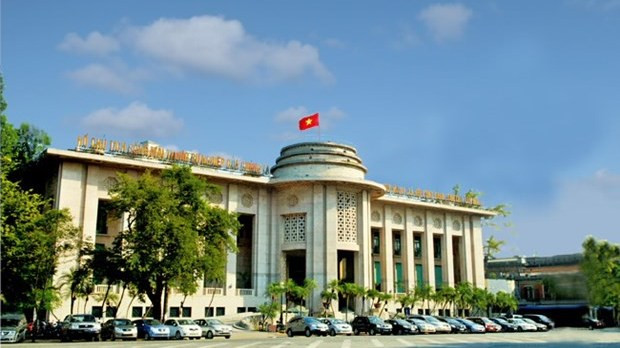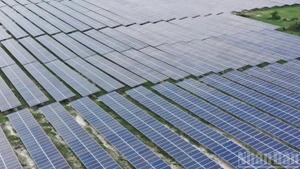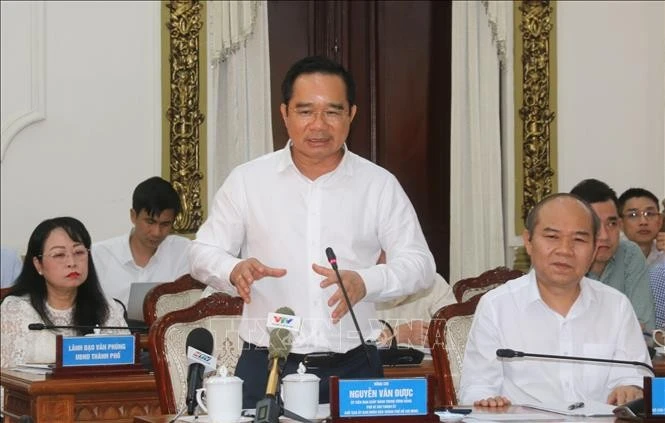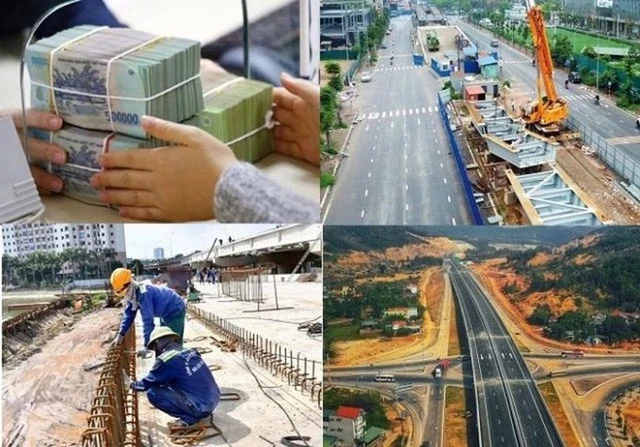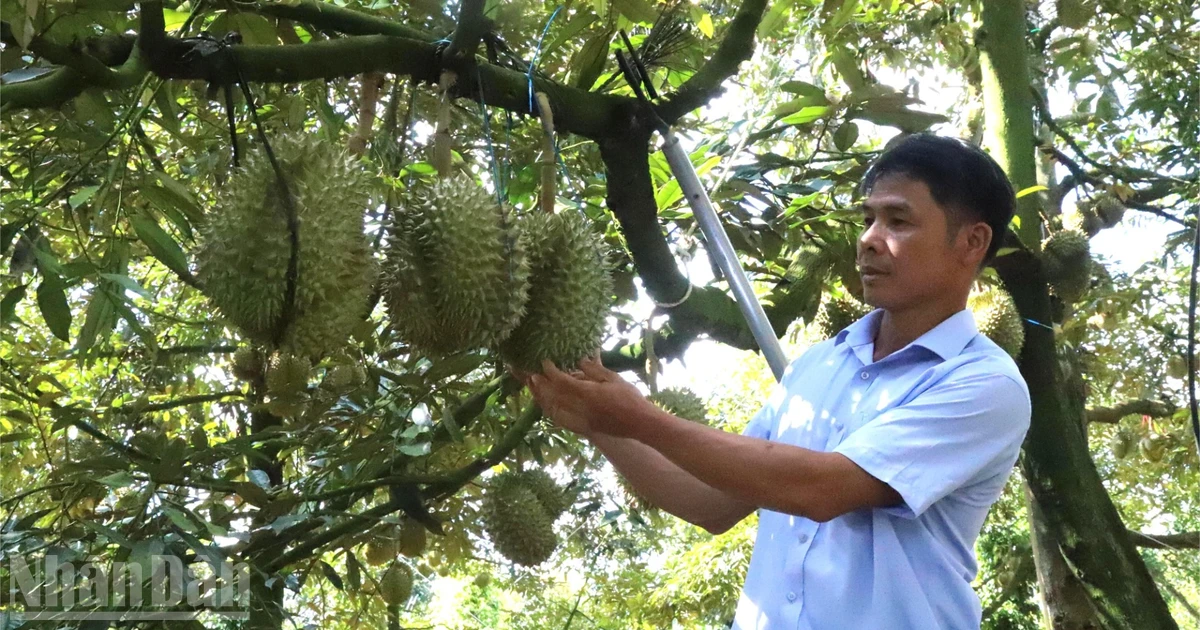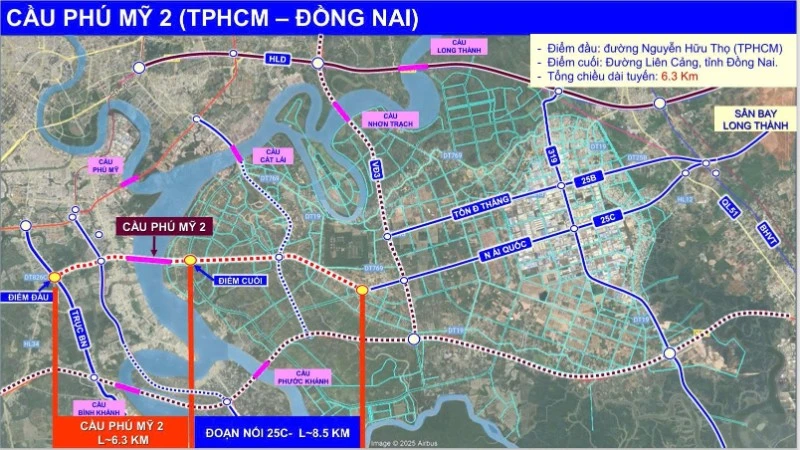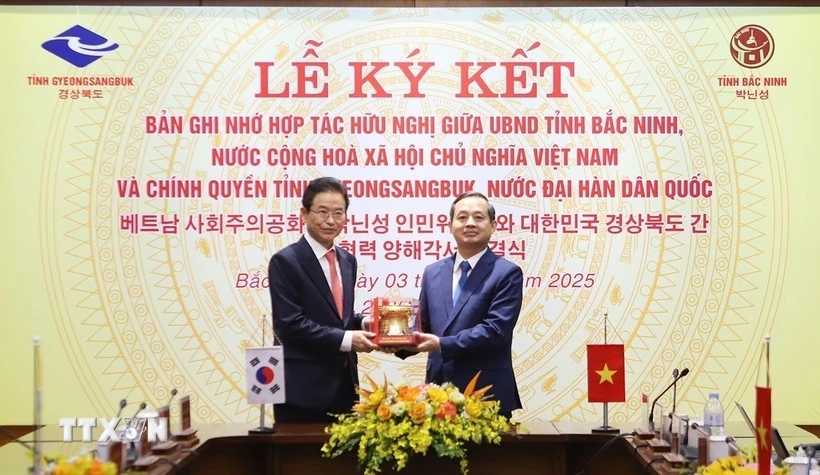Under a document issued recently, banks have been required to cut operating costs and unnecessary expenses, as well as administrative procedures, so as to have room for lending interest rate reduction to support the economic recovery and development.
Banks have been also instructed to continually promote the implementation of the Government’s interest rate support programme for loans of enterprises, cooperatives and business households according to the Government's Decree 31/2022/ND-CP dated May 20, 2022.
“The SBV will monitor banks, which continue to raise interest rates, and take measures to deal with the violation cases,” the Governor noted.
At a recent meeting, the Vietnam Bankers Association (VNBA) called on its members to keep deposit interest rates at 9.5% or below to reduce lending interests and boost economic recovery. The move was made after many banks raised their rates to up to 11.5% per year for a 12-month term.
According to VNBA Chairman Nguyen Quoc Hung, the rise created intense competition in mobilising money, which caused instability among depositors and borrowers.
Rising deposit interest rates means rising costs, which makes it more difficult to lower loan interest rates to support businesses, Hung said.
Bank representatives at the meeting agreed with the proposal to keep deposit interest rates at 9.5% maximum.
Some banks have started to lower their deposit interest rates. It has been reported that the interest rate race has stalled, with no banks increasing their rates over the past week after a flurry of activity in the past few months.
According to experts, in order to make banks feel secure in agreeing to lower deposit interest rates, the SBV has made efforts to support liquidity for banks through the open market operation (OMO) channel.
Under the newly issued document, the SBV also directs banks to give loan priority to agriculture, export, small- and medium-sized enterprises, supporting industries, high-tech enterprises, industrial park construction and solvent real estate projects for low income people.
Banks must strictly control credit risks for investment activities in corporate bonds, securities and real estate sectors, according to the document.
